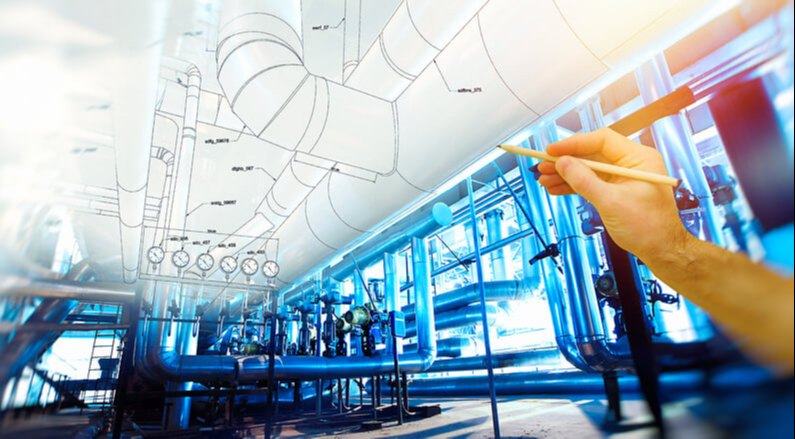In the realm of modern technology, AI tech in toilets is a fascinating development that is gradually reshaping how we approach basic sanitation. This innovation is not just about convenience; it’s about creating smart solutions that cater to health, efficiency, and sustainability. With advancements in artificial intelligence, toilets are becoming more than just fixturesthey are transforming into intelligent systems that can analyze, predict, and enhance our daily lives. Let’s delve into how AI tech is making waves in the sanitation industry.

Understanding AI Technology in Sanitation
Before we explore the specifics, it’s crucial to understand what AI technology entails in the context of toilets. Essentially, AI in toilets involves integrating sensors, data analytics, and machine learning algorithms to monitor and manage toilet functions. This technology can offer insights into water usage, detect leaks, and even analyze waste for health diagnostics.
The Role of Sensors and Data Analytics
At the core of AI tech in toilets are sensors that collect data on various parameters. These sensors can monitor water flow, detect anomalies, and send alerts for maintenance needs. By analyzing this data, AI systems can optimize water usage, reducing waste and environmental impact. For a deeper understanding of how sensors work in plumbing, visit How Smart Water Valves Work.
Health Monitoring and Diagnostics
One of the most intriguing applications of AI tech in toilets is health monitoring. By analyzing waste, these systems can provide insights into a person’s health, such as detecting potential illnesses or dietary deficiencies. This form of non-invasive health monitoring could revolutionize preventive healthcare.
Benefits of AI-Integrated Toilets
The benefits of integrating AI into toilets extend beyond convenience. These smart systems can lead to significant improvements in water conservation, maintenance efficiency, and public health. For instance, AI tech can help reduce water waste by optimizing usage and promptly detecting leaks.
Water Conservation and Efficiency
With the growing need for sustainable water management, AI tech in toilets plays a critical role in conservation efforts. By monitoring water usage patterns, AI systems can adjust water flow, ensuring minimal waste. To learn more about how plumbing automation supports these efforts, check out Plumbing Automation Overview.
Maintenance and Cost Savings
AI-integrated toilets can predict maintenance needs, reducing downtime and repair costs. By identifying issues before they become significant problems, these systems can save both time and money. For more insights on smart plumbing use cases, visit Smart Home Plumbing Use Cases.
Challenges and Considerations
While the benefits are substantial, there are challenges to consider. Privacy concerns, initial costs, and the need for infrastructure upgrades are some hurdles that need addressing. However, with ongoing advancements and increased adoption, these challenges are likely to diminish over time.
Privacy and Data Security
As with any AI technology, data privacy is a significant concern. Ensuring that personal data collected by AI toilets is secure and used ethically is paramount. Industry standards and regulations will play a crucial role in addressing these concerns.
Infrastructure and Adoption
For widespread adoption of AI tech in toilets, infrastructure upgrades are necessary. This includes integrating smart plumbing solutions and ensuring compatibility with existing systems. To understand what’s inside a smart water valve, you can explore What’s Inside a Smart Water Valve.
The Future of AI in Sanitation
The future of AI tech in toilets is promising. As technology evolves, we can expect more advanced features, better integration with smart home systems, and broader applications in public sanitation. This innovation holds the potential to transform how we manage water resources and health diagnostics globally.
Integration with Smart Homes
AI-integrated toilets are becoming a vital component of smart homes. They can seamlessly connect with other smart devices, creating an efficient and cohesive home environment. For insights into how AI is transforming home services, visit AI in Home Services.
Public Sanitation Applications
Beyond homes, AI toilets can significantly impact public sanitation systems. By optimizing resource use and providing real-time data on usage patterns, these systems can improve sanitation management in public spaces, enhancing hygiene and efficiency.
Conclusion
In conclusion, AI tech in toilets represents a groundbreaking advancement in the sanitation industry. With its potential to improve water conservation, enhance health diagnostics, and revolutionize maintenance practices, this technology is set to play a crucial role in our future. As we continue to innovate and adapt, the possibilities are limitless, promising a more efficient and sustainable world.

FAQ
What are the benefits of AI toilets?
AI toilets offer benefits such as water conservation, health monitoring, and efficient maintenance, leading to cost savings and improved sustainability.
Are AI toilets secure?
While AI toilets collect data, there are measures in place to ensure data security and privacy. Industry standards and regulations are crucial in maintaining trust.
How does AI in toilets contribute to sustainability?
By optimizing water usage and predicting maintenance needs, AI toilets help reduce water waste and improve resource management, contributing to overall sustainability.
This article contains affiliate links. We may earn a commission at no extra cost to you.



